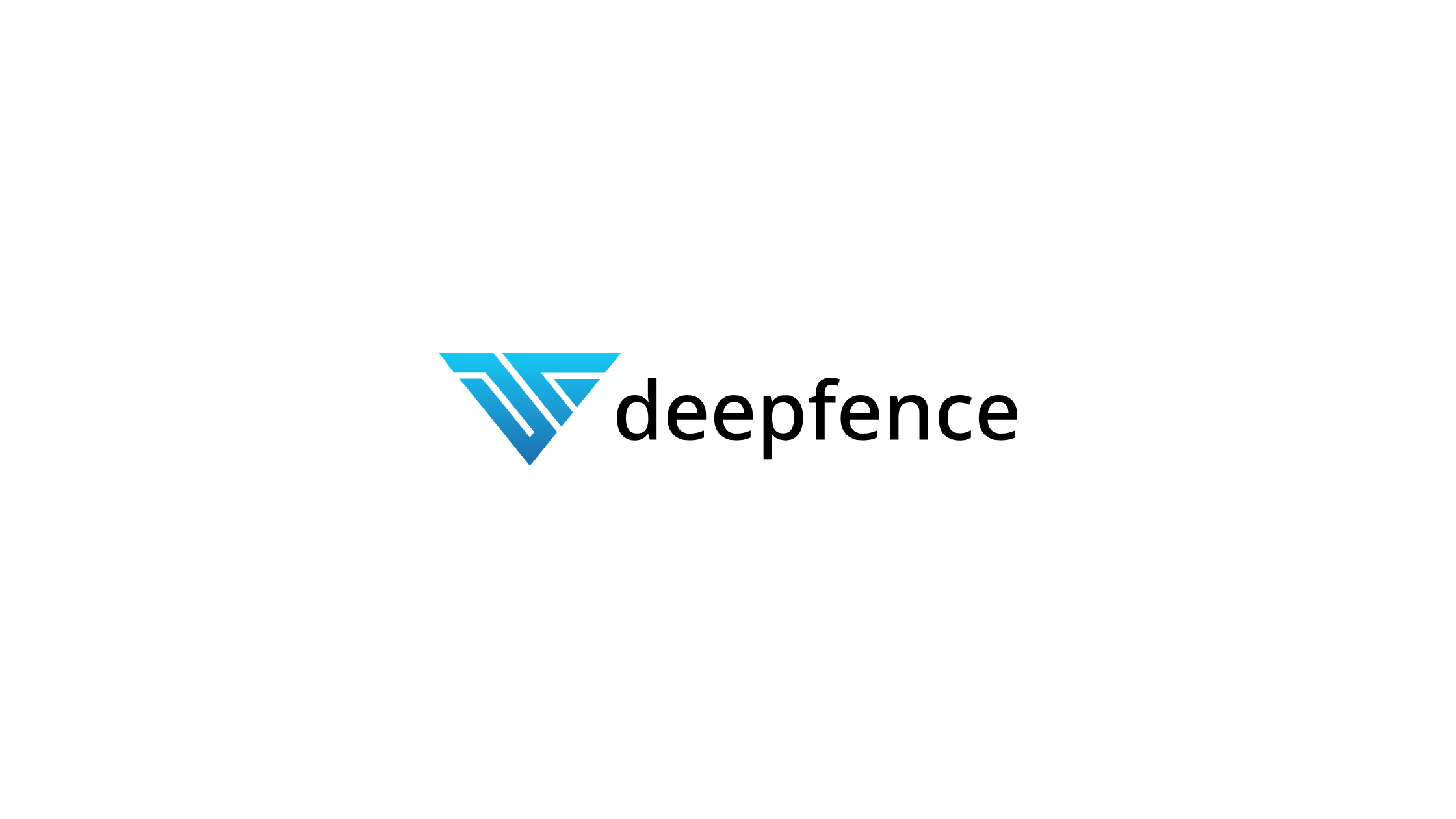Table of Contents
Deepfence ThreatMapper
Freemium
Deepfence ThreatMapper is an open-source cloud native security observability platform. It helps security teams discover, prioritize, and address vulnerabilities in their containerized applications, Kubernetes clusters, and cloud infrastructure. Unlike traditional vulnerability scanners that focus on static code analysis, ThreatMapper takes a runtime observability approach. This means it actively monitors your running workloads to identify vulnerabilities that are actually exploitable in your specific environment. This context-aware approach significantly reduces false positives and allows security teams to focus on the threats that pose the greatest risk. ThreatMapper automatically scans your cloud infrastructure for vulnerabilities and misconfigurations, giving you a complete view of your security posture. Check out ThreatMapper to learn more.
Key Features
Deepfence ThreatMapper offers a rich set of features designed to simplify and enhance cloud native security:
Vulnerability Scanning: Comprehensive vulnerability scanning for containers, images, hosts, and serverless functions. Supports a wide range of operating systems and programming languages.
Attack Path Visualization: Identifies potential attack paths by mapping the relationships between vulnerabilities and your application topology. This allows you to prioritize remediation efforts based on the likelihood of exploitation. Read about attack paths.
Runtime Observability: Monitors running workloads to detect active threats and identify exploitable vulnerabilities in real-time.
Compliance Scanning: Checks your cloud infrastructure against industry best practices and compliance standards such as PCI DSS, HIPAA, and GDPR.
SBOM Generation: Automatically generates Software Bill of Materials (SBOMs) for your containers and images, providing a detailed inventory of all components and dependencies. This aids in vulnerability tracking and supply chain security.
Kubernetes Security Posture Management (KSPM): Provides visibility into the security configuration of your Kubernetes clusters, identifying potential misconfigurations and security risks.
Integration: Seamlessly integrates with existing security tools and workflows, such as CI/CD pipelines, SIEM systems, and vulnerability management platforms. Check out their documentation for integrations.
Use Cases or Applications
ThreatMapper's capabilities make it a valuable asset for a wide range of security use cases:
Vulnerability Management: Identify and prioritize vulnerabilities in your containerized applications and cloud infrastructure.
Incident Response: Investigate security incidents by visualizing attack paths and identifying compromised resources.
Compliance Auditing: Ensure your cloud infrastructure meets industry best practices and compliance standards.
DevSecOps: Integrate security into your development pipeline to catch vulnerabilities early in the software development lifecycle.
Cloud Security Posture Management (CSPM): Continuously monitor your cloud infrastructure for security misconfigurations and compliance violations. Deepfence blog has a lot of information.
What is Unique About Deepfence ThreatMapper?
The key differentiator of Deepfence ThreatMapper is its runtime observability approach. Unlike traditional static analysis tools, ThreatMapper actively monitors your running workloads to identify vulnerabilities that are actually exploitable. This context-aware approach significantly reduces false positives and allows security teams to focus on the threats that pose the greatest risk. Furthermore, its open-source nature fosters community collaboration and transparency, leading to faster innovation and more robust security. Another unique aspect is its attack path visualization, which provides a clear understanding of how vulnerabilities can be exploited to compromise your systems.
Who Should Use Deepfence ThreatMapper?
Deepfence ThreatMapper is a valuable tool for:
Security Engineers: Gain visibility into the security posture of cloud native environments and prioritize remediation efforts.
DevOps Engineers: Integrate security into the development pipeline and automate vulnerability scanning.
Cloud Architects: Design and implement secure cloud infrastructure based on industry best practices.
Compliance Officers: Ensure cloud infrastructure meets industry regulations and compliance standards.
Security Consultants: Assess and improve the security posture of client cloud environments. You can see a video demo for more details.
Supported Platforms & Installation
ThreatMapper supports a wide range of platforms including:
Kubernetes: Scan Kubernetes clusters and workloads for vulnerabilities and misconfigurations.
Containers: Scan Docker, containerd, and other container runtimes for vulnerabilities.
Cloud Platforms: Supports AWS, Azure, GCP, and other cloud platforms.
Operating Systems: Supports Linux, Windows, and other operating systems.
Installation is straightforward. You can deploy ThreatMapper using Docker, Kubernetes, or directly on your hosts. Detailed installation instructions are available on the Deepfence website.
Pricing
Deepfence ThreatMapper is an open-source project, meaning it is free to use and distribute. This makes it an accessible and cost-effective solution for organizations of all sizes. Deepfence also offers commercial support and enterprise features through their Deepfence Cloud and Enterprise offerings, which provide additional capabilities such as centralized management, enhanced reporting, and 24/7 support. Learn more about Deepfence on Github.
Short Summary
Deepfence ThreatMapper is a powerful and versatile open-source cloud native security observability platform. Its runtime observability approach, attack path visualization, and comprehensive feature set make it an invaluable tool for security teams looking to protect their containerized applications, Kubernetes clusters, and cloud infrastructure. Whether you're a small startup or a large enterprise, ThreatMapper can help you identify, prioritize, and address vulnerabilities, ensuring the security and compliance of your cloud native environment. With its free and open-source nature, ThreatMapper offers a cost-effective and accessible solution for securing your cloud native workloads. You can also read Threatmapper docs for more information.
Found this tool interesting? Keep visiting thesecmaster.com, and our social media page on Facebook, LinkedIn, Twitter, Telegram, Tumblr, Medium, and Instagram, and subscribe to explore more useful tools like this.
Deepfence ThreatMapper
Freemium
May 2, 2025
